The enchanting Hobbiton Movie Set in New Zealand, nestled within the rolling green hills of the Waikato region, has captured the imaginations of millions since its debut in Peter Jackson’s The Lord of the Rings trilogy. One of the most fascinating aspects of this meticulously crafted village is the architectural design and dimensions of the Hobbit holes, which were built to create a whimsical yet believable world for J.R.R. Tolkien’s beloved characters. The scale and proportions of these structures play a crucial role in bringing Middle-earth to life, blending fantasy with a tangible sense of realism.
Walking through the Shire, visitors are immediately struck by the charming irregularity of the Hobbit holes. Each dwelling is unique, yet they all adhere to a carefully considered scale that reinforces the idea of Hobbits as small, rustic folk. The doors of these homes typically stand at around 1.5 meters (4.9 feet) tall, a height that would require an average human to stoop slightly, emphasizing the diminutive stature of Hobbits. The round doors, a signature feature, are often framed with wooden beams and adorned with intricate details, further enhancing the fairy-tale aesthetic.
The interiors of the Hobbit holes, though not always accessible to the public, were designed with the same attention to detail. During filming, partial sets were constructed to allow actors to interact with the environment convincingly. Ceilings were kept low, and furniture was scaled down to about two-thirds the size of human furniture, reinforcing the illusion of a smaller race inhabiting the space. Fireplaces, shelves, and even household items like cups and plates were custom-made to fit the proportions of Hobbits, ensuring visual consistency throughout the films.
Beyond the individual homes, the layout of the entire village was carefully planned to evoke a sense of organic growth over time. The winding paths, uneven stone steps, and clustered placement of the Hobbit holes create the impression of a community that developed naturally rather than being premeditated. The roofs, covered in thick grass and wildflowers, are supported by wooden beams that appear weathered and aged, adding to the authenticity. The thatching on some of the larger structures, such as the Green Dragon Inn, is made from real rushes, a detail that underscores the filmmakers’ commitment to realism.
One of the most iconic structures in Hobbiton is Bag End, the home of Bilbo and Frodo Baggins. Perched at the top of the hill, this Hobbit hole is slightly grander than its neighbors, reflecting Bilbo’s status as a well-to-do Hobbit. The round, green door is framed by a wooden arch and flanked by well-tended flower beds. The interior set, though not part of the permanent tour, was built with ceilings just high enough to accommodate the actors while still feeling appropriately snug. The dimensions were deliberately skewed to make human actors appear Hobbit-sized through clever camera angles and forced perspective techniques.
The landscaping surrounding the Hobbit holes is just as important as the structures themselves. The gardens are lush and overflowing with vegetables, herbs, and flowers, reinforcing the Hobbits’ agrarian lifestyle. Fences and gates are built at a lower height, and even the mailboxes are positioned at a level that would be convenient for a three-foot-tall inhabitant. Every element, from the wheelbarrows to the washing lines, is scaled to maintain the illusion, making the village feel like a living, breathing place rather than a film set.
Interestingly, the construction of Hobbiton required a delicate balance between fantasy and practicality. While the Hobbit holes appear fully functional, most are merely facades with shallow interiors. Only a few, like the Green Dragon Inn and the Mill, are fully realized buildings that visitors can enter. This approach allowed the filmmakers to create the sprawling village without the impracticality of constructing dozens of complete dwellings. The facades, however, are so well-crafted that they effortlessly sustain the suspension of disbelief.
The enduring appeal of Hobbiton lies in its meticulous attention to detail, with every architectural choice serving a narrative purpose. The dimensions of the buildings, the placement of windows, and even the slight unevenness of the walls contribute to a world that feels lived-in and authentic. For fans of Tolkien’s work, stepping into Hobbiton is like walking straight into the pages of The Hobbit or The Lord of the Rings, a testament to the power of thoughtful design in storytelling.
Today, the Hobbiton Movie Set remains one of New Zealand’s most popular tourist attractions, drawing visitors from around the globe. Guided tours offer an in-depth look at the craftsmanship behind the village, including insights into how the dimensions and proportions were chosen to create a believable Hobbit-scale world. Whether you’re a die-hard Tolkien fan or simply appreciate imaginative architecture, Hobbiton stands as a shining example of how fantasy can be brought to life through careful, deliberate design.
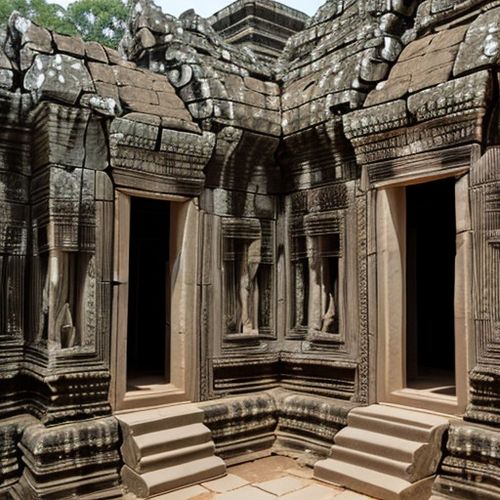
By Thomas Roberts/Apr 28, 2025
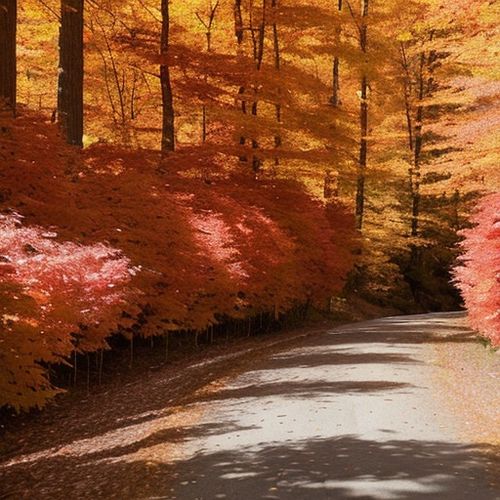
By Samuel Cooper/Apr 28, 2025
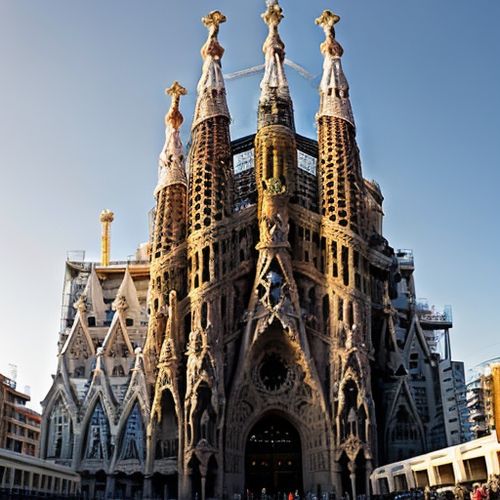
By Eric Ward/Apr 28, 2025
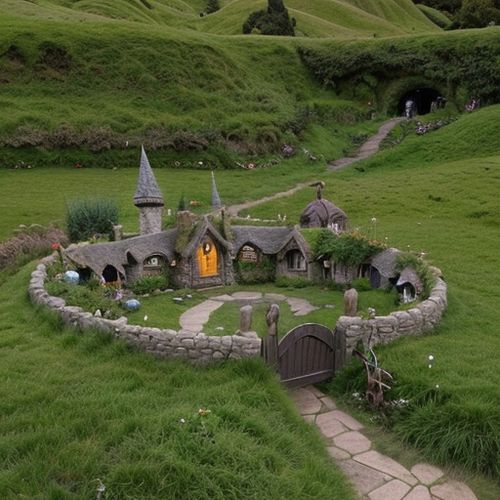
By Michael Brown/Apr 28, 2025

By Amanda Phillips/Apr 28, 2025
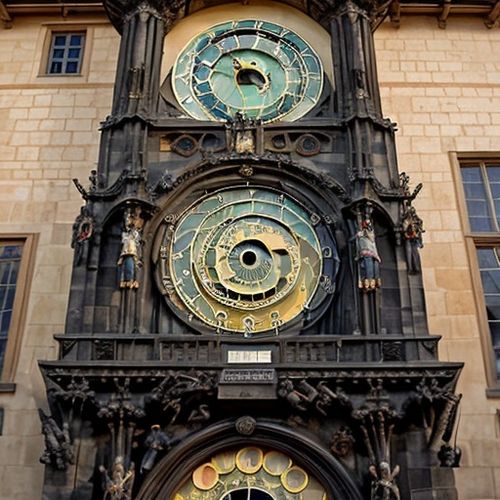
By Grace Cox/Apr 28, 2025
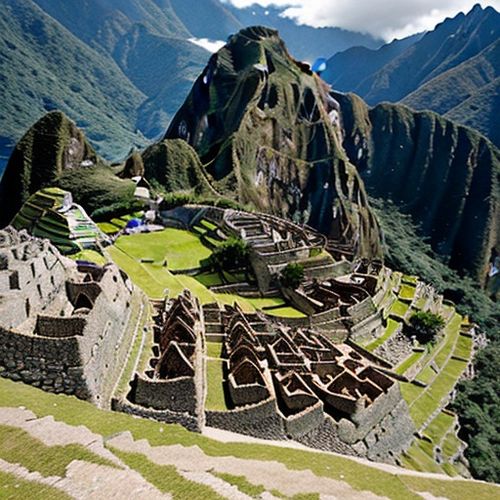
By Elizabeth Taylor/Apr 28, 2025

By Sarah Davis/Apr 28, 2025
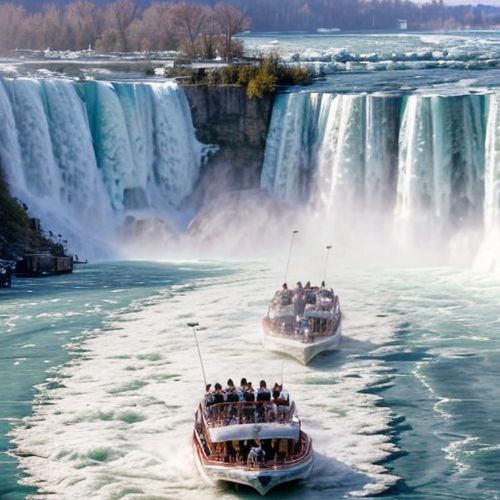
By Megan Clark/Apr 28, 2025

By John Smith/Apr 28, 2025

By John Smith/Apr 28, 2025
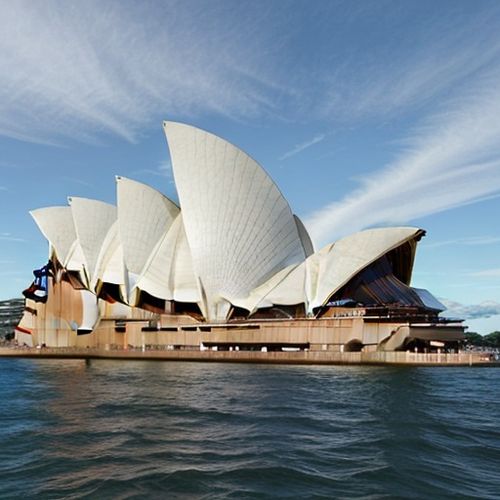
By David Anderson/Apr 28, 2025
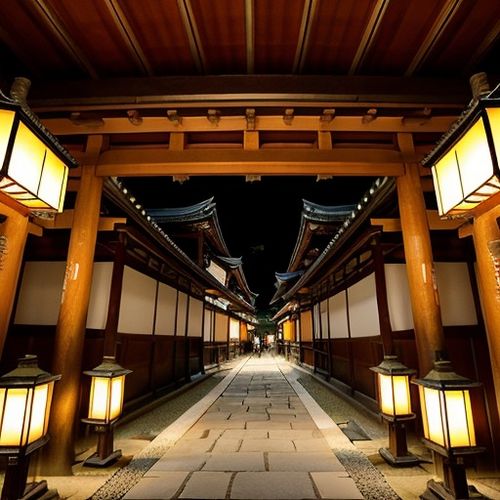
By Olivia Reed/Apr 28, 2025

By Jessica Lee/Apr 28, 2025
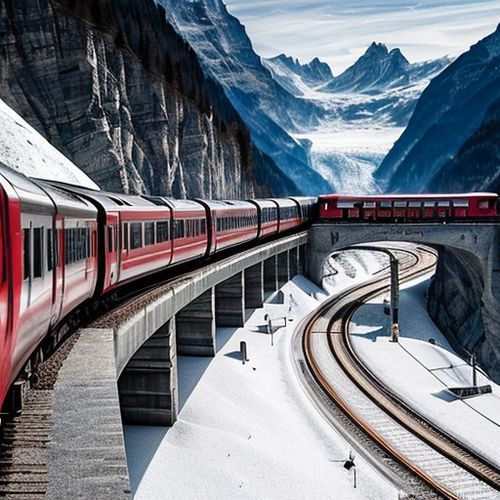
By Victoria Gonzalez/Apr 28, 2025